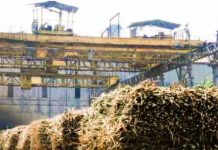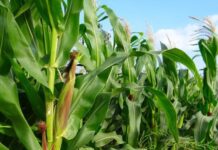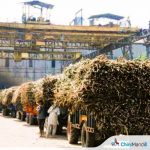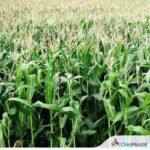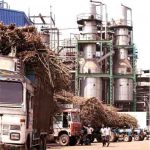Insight Focus
Cane planting for the 2024/25 crop has started, with some of the cassava acreage now switched to cane. Yellow cane leaf has now recovered as the rain has stopped this month. Fresh cane policy is a big concern for farmers now.
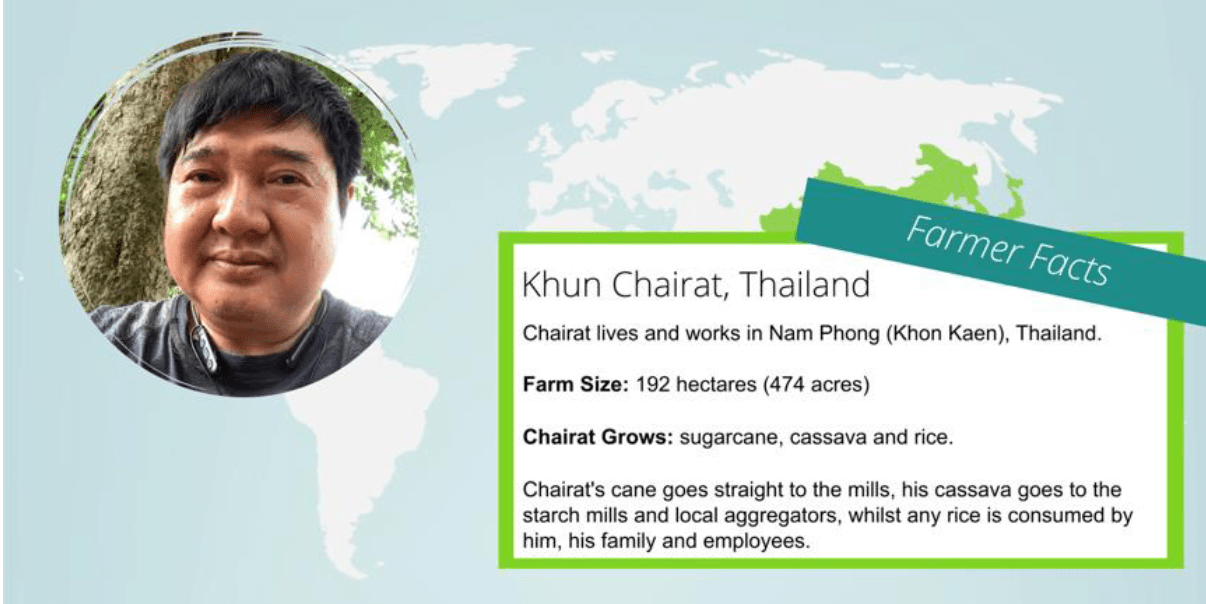
What have you been up to?
I recently harvested cassava roots that turn 12 months old, and the yield was around 7 tonnes/rai (1.12 tonnes/hectare). But some roots are rotten due to the heavy rainfall.
This piece of land has been used to plant cassava for quite a long time now. I will now switch this planting area to plant cane for 2024/25 instead because the cane price now is high. This practice is called crop rotation and is common among farmers as it also helps soil quality and reduces the risk of disease.
What stage is your crop at?
I mentioned in my last report that we experienced 700mm of rainfall between January and August. But in September alone, there has already been 400mm of rainfall in my province.
The cane is healthy but due to the absence of rain in Q1 and Q2 it isn’t very tall yet. Last year, it was around 3 meters tall, but this year at the same age it is only about 2.5 meters tall. Some leaves have also turned yellow due to flooding.
Right now, my cane is growing well, looking green and tall. I think it has recovered from the heavy rains last month, which turned the cane leaf yellow. Now that the rain has stopped, it has recovered and become greener.
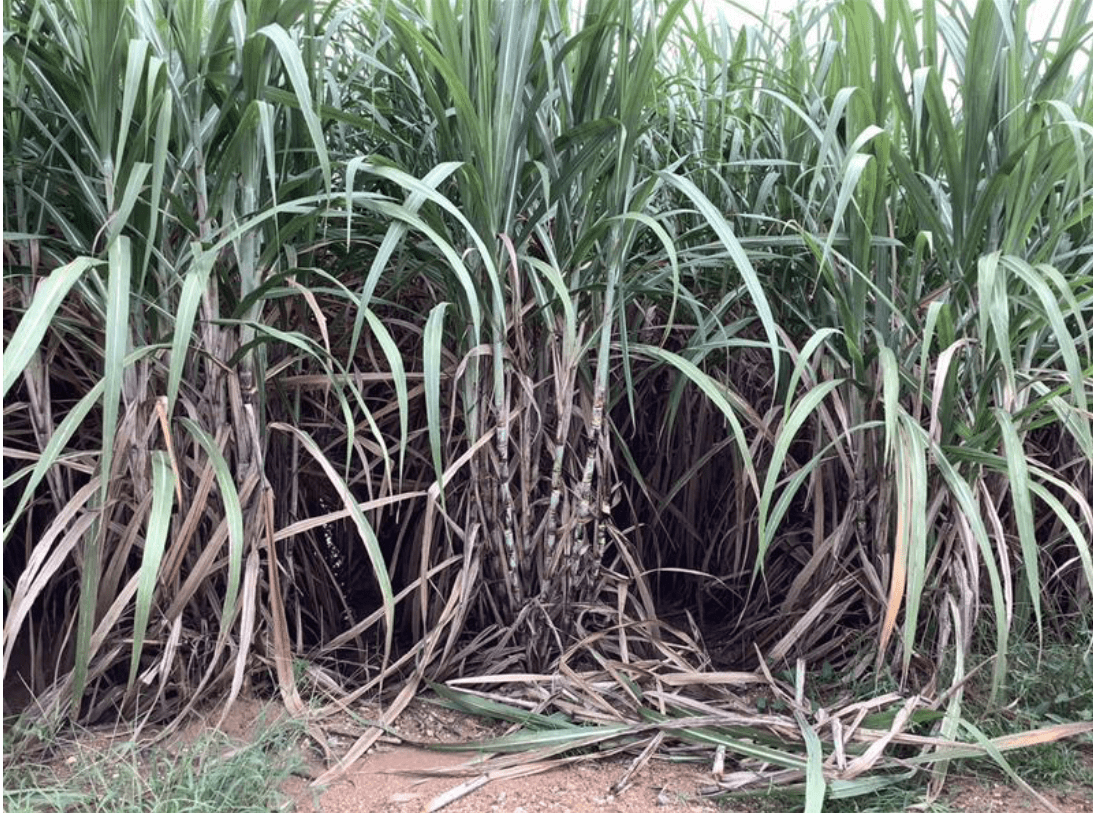
I think the overall yield will be around the same as last year, or maybe lower by up to 15%. However, this depends on rain in November. If there is enough rain, I believe the crop in my area may be as good as the 2022/23 season because I paid close attention to crop management. This included using correct amounts of fertilizer, spraying against pests and diseases and removing weeds.
What’s your biggest concern?
Thai farmers are concerned about whether the government cane incentives from the government will continue this year or not. We are also worried that there may be punitive measures for being unable to deliver fresh cane and delivering burnt cane instead. Currently, the incentives are THB 120/tonne (USD 3.31/tonne) for cut and delivered cane.
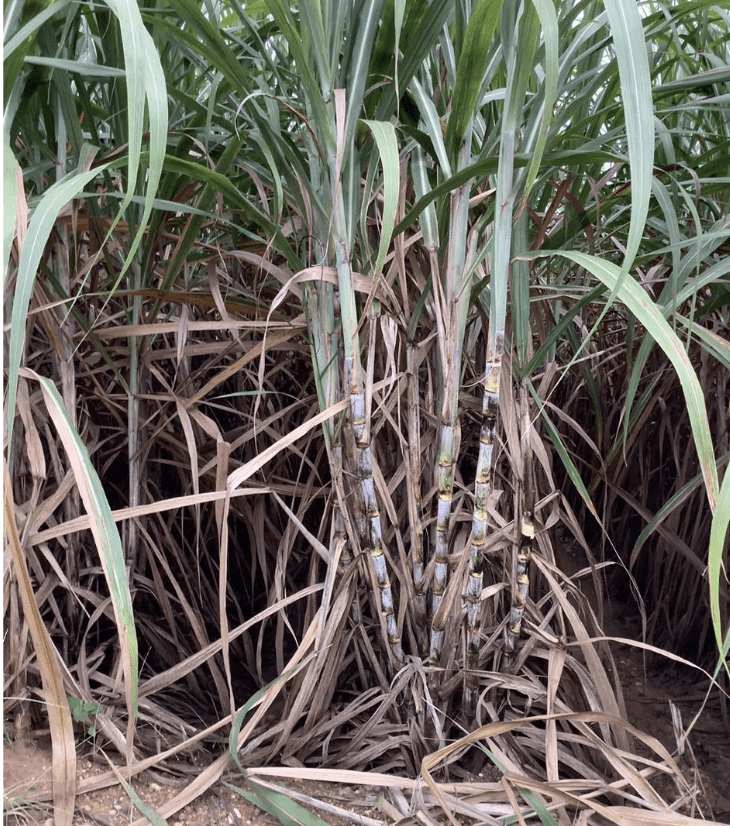
If there are no punitive measures, we might see even more cane being burnt and delivered to the mills than last year. Farmers don’t have enough money to pay for cutting machines or the extensive labour required for fresh cane cutting.
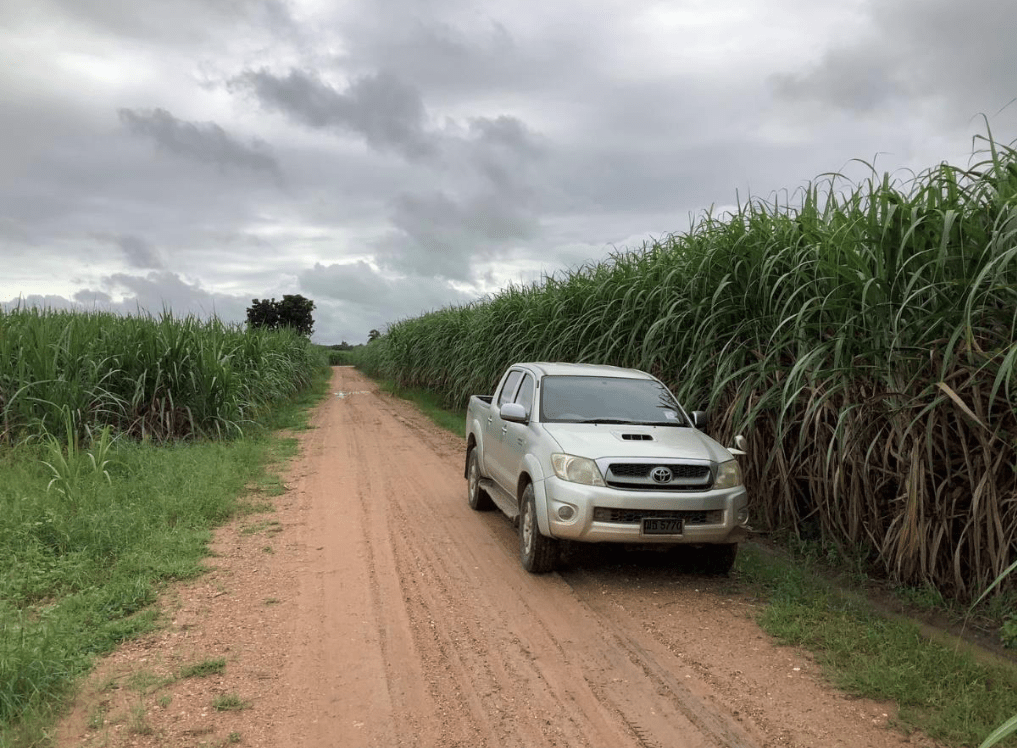
For more articles, insight and price information on all things related related to food and beverages visit Czapp.



